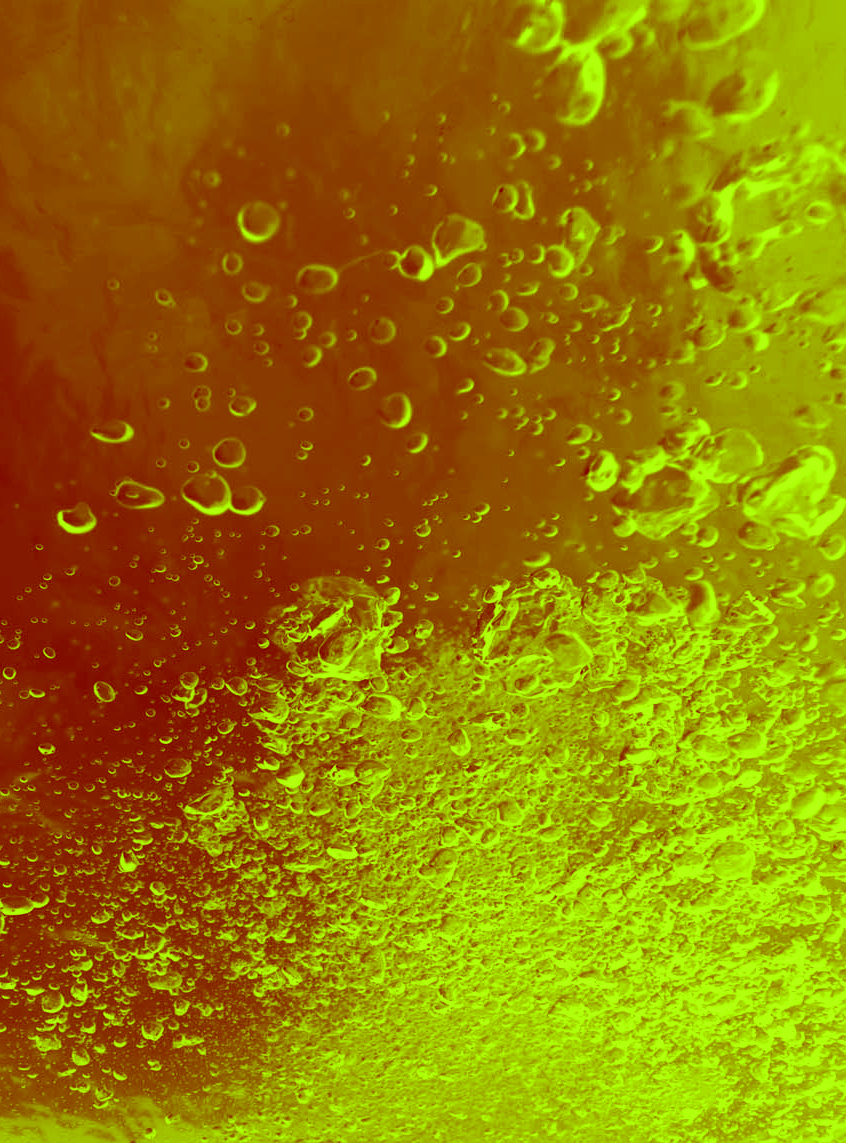Wastewater drug tests improved
 Monitoring wastewater is a useful way to understand drug use in a population, and experts say they have now enhanced the technique.
Monitoring wastewater is a useful way to understand drug use in a population, and experts say they have now enhanced the technique.
Scientists have been monitoring drug use through sewage-based epidemiology, but this approach does not take into account the variation in number of people who add to wastewater in a given area at a given time.
Now, a team featuring experts from both Queensland and Norway have described a way to account for commutes and vacations: by tracking mobile phone signals.
By collecting anonymous mobile phone data, the researchers could better estimate how many people were in a sewage catchment area over time.
The average number changed dramatically over the course of the study, which included June and July 2016, when a lot of people go on vacation.
Even within a 24-hour period, the population could change by more than 40 per cent, the researchers found.
Being able to find and measure these fluctuations, the researchers found that pharmaceutical use remained relatively stable.
However, illicit drug use in the research area in Oslo, Norway, rose from June to July, with use of ecstasy spiking on weekends.
The results suggest that mobile data could help public health officials, law enforcement and epidemiologists better refine their understanding of drug use trends, the researchers say.








 Print
Print